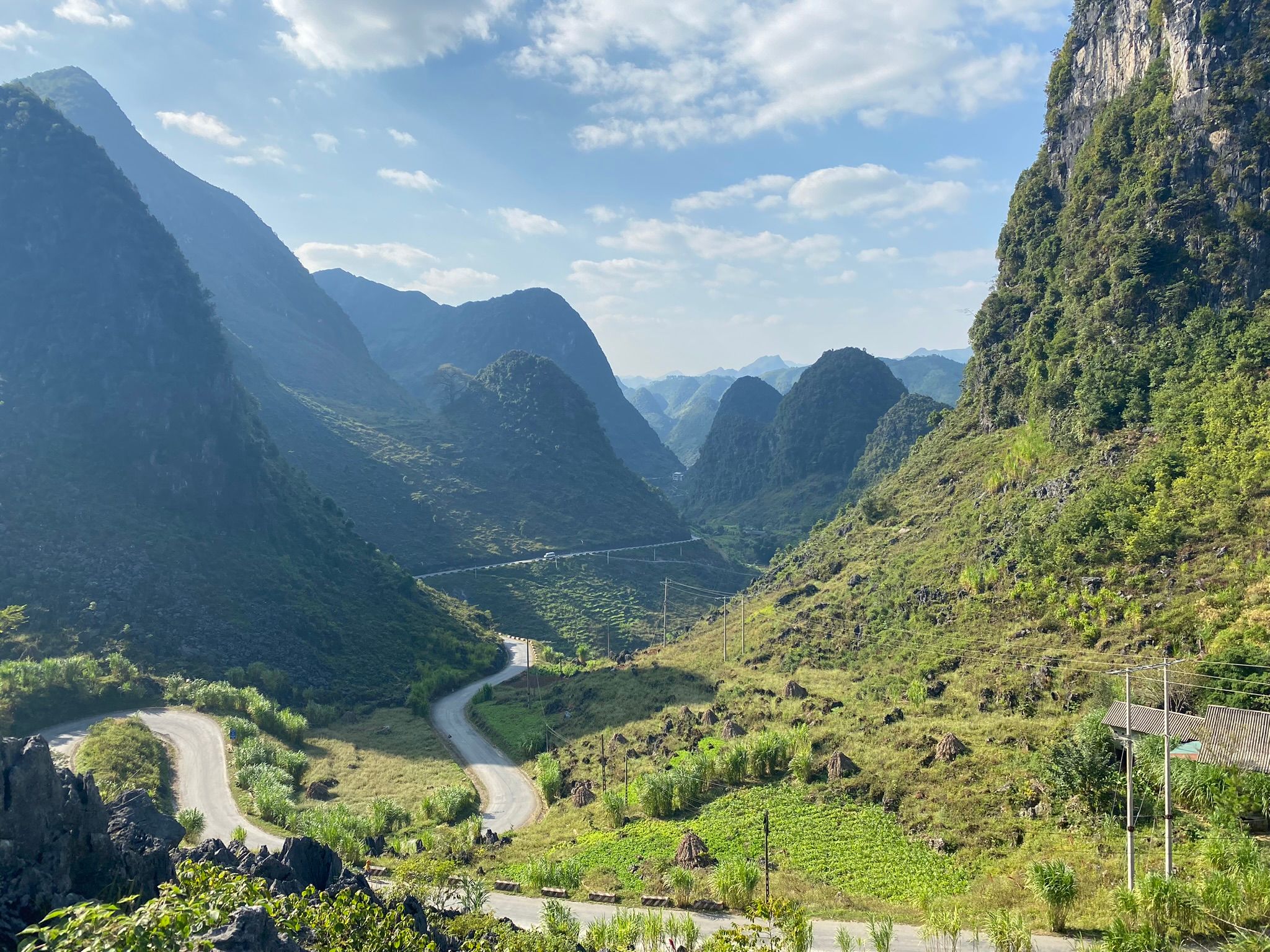September 4th, 2023 – Volunteering on a chestnut farm
已发表: 25.09.2023
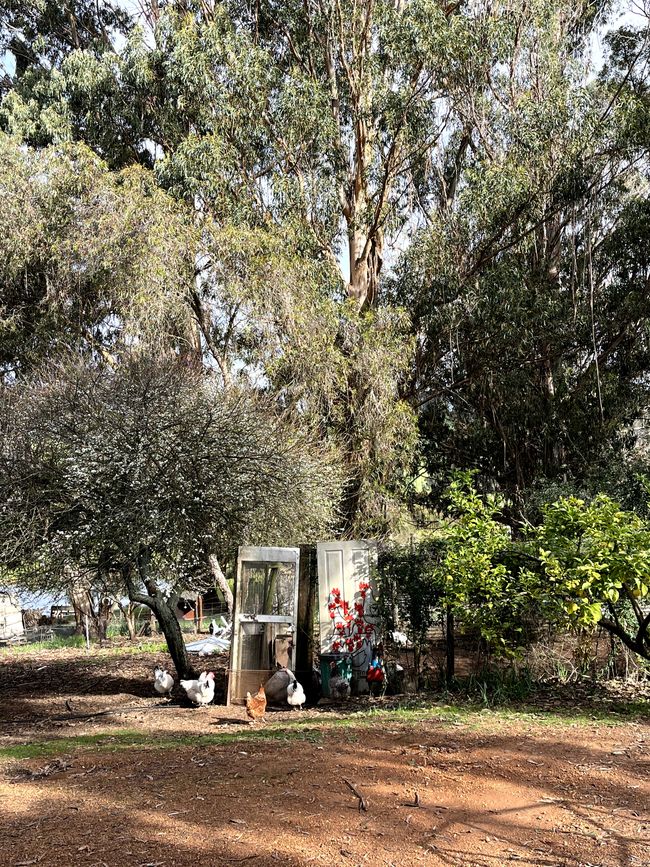
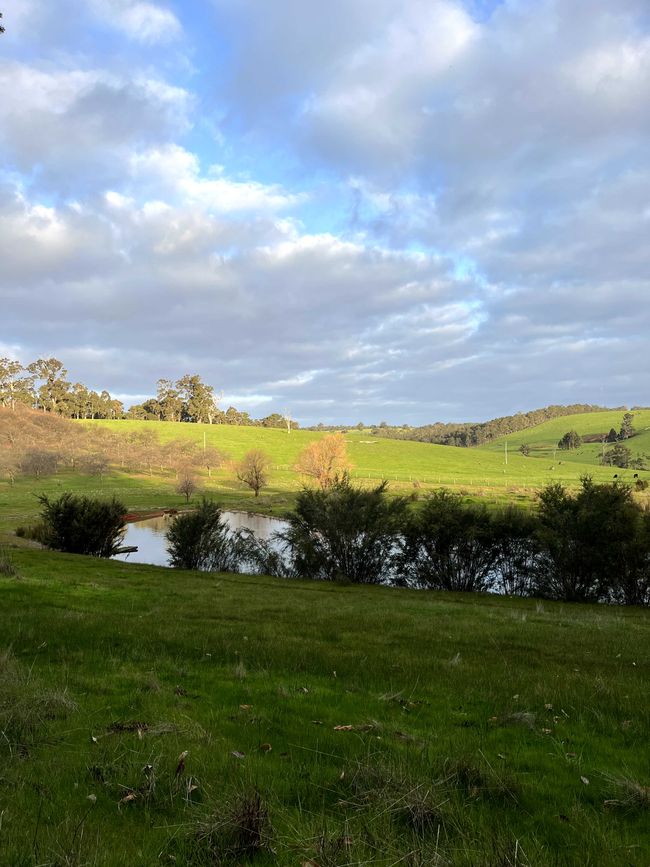
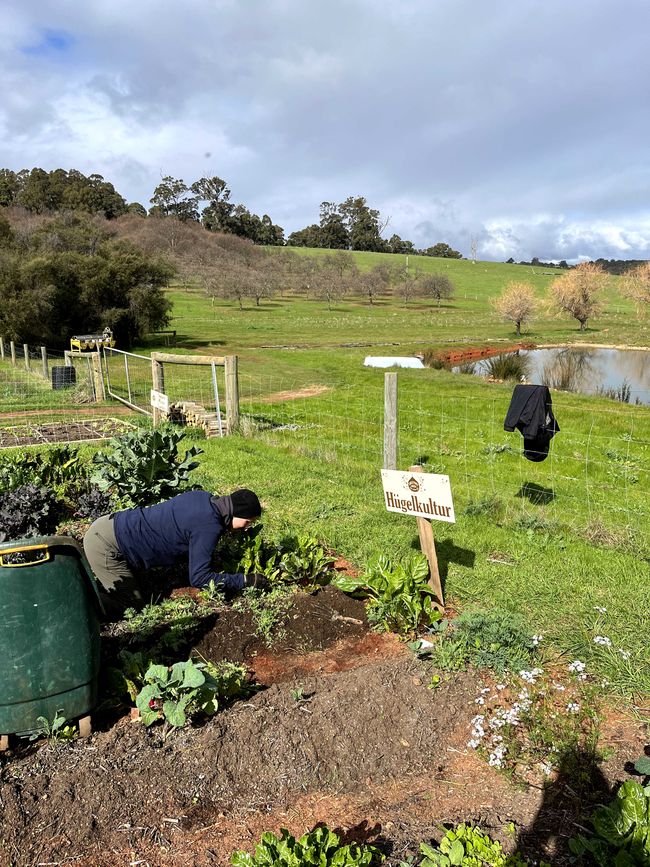
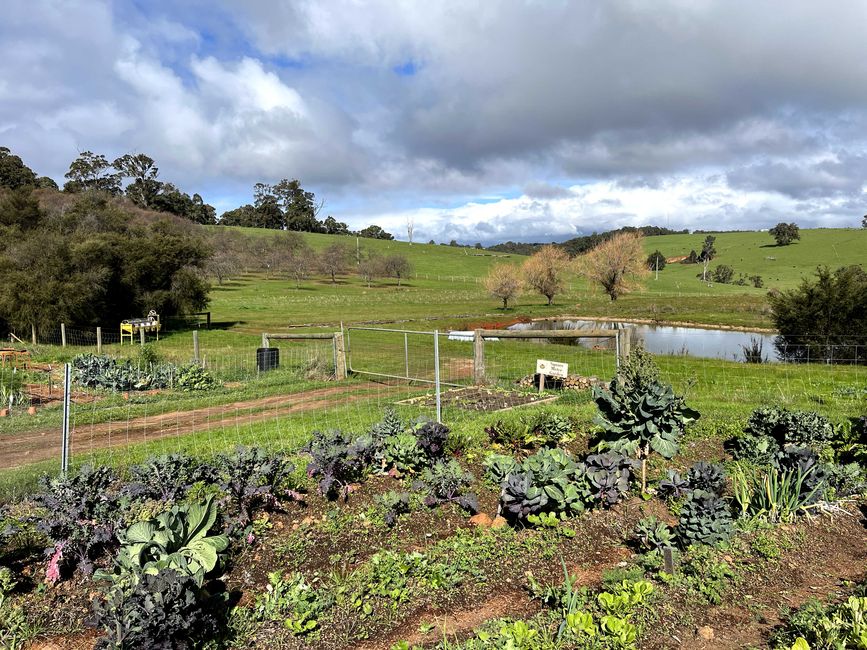
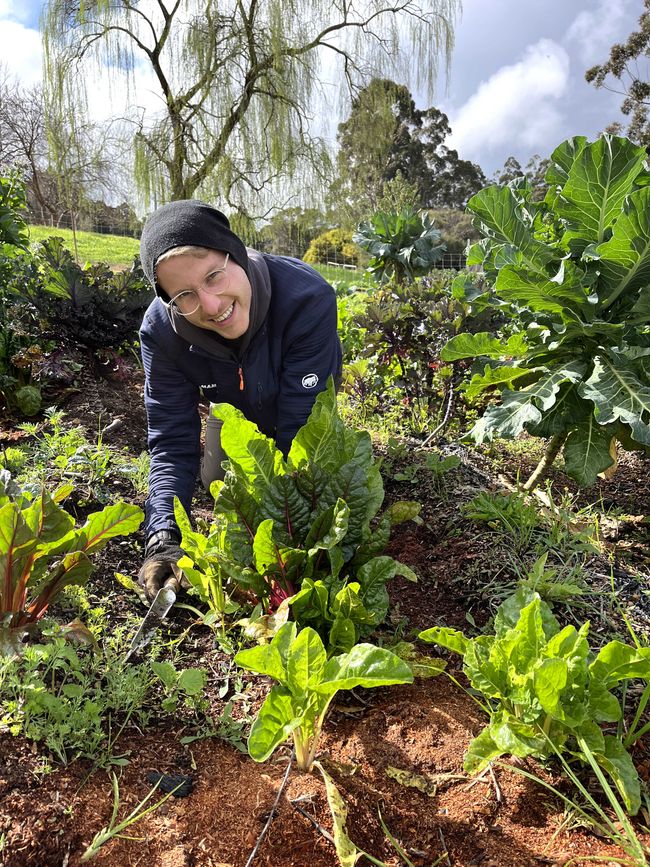
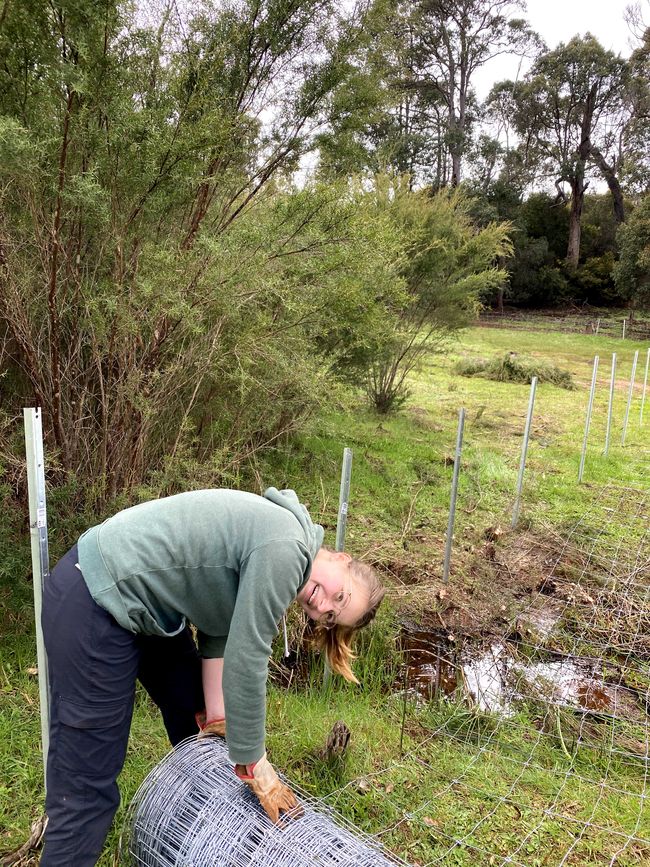
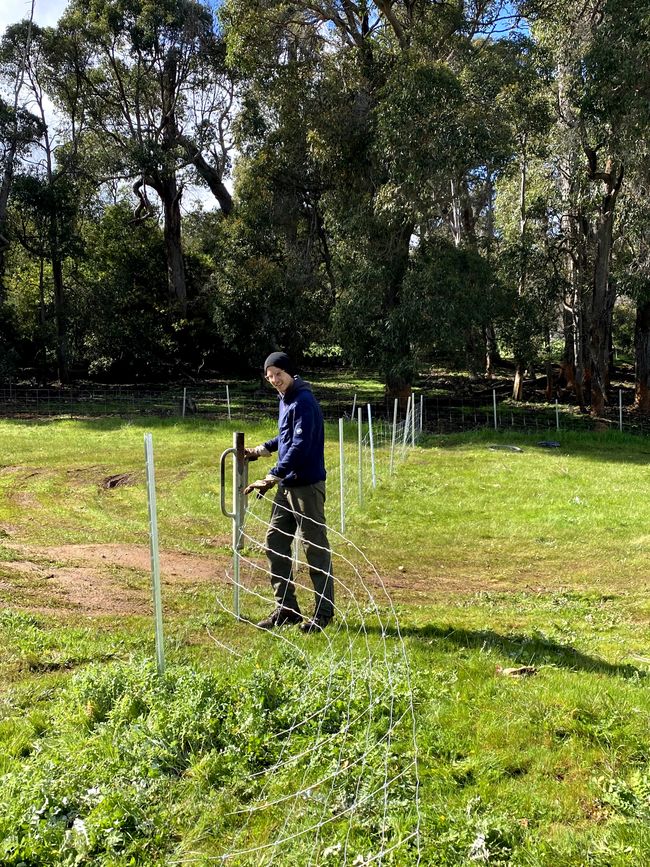
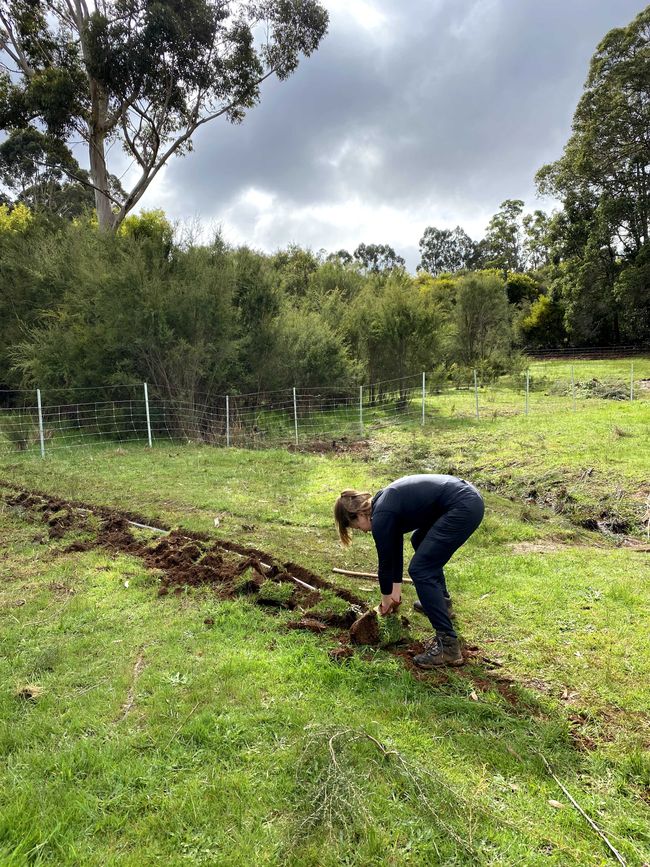
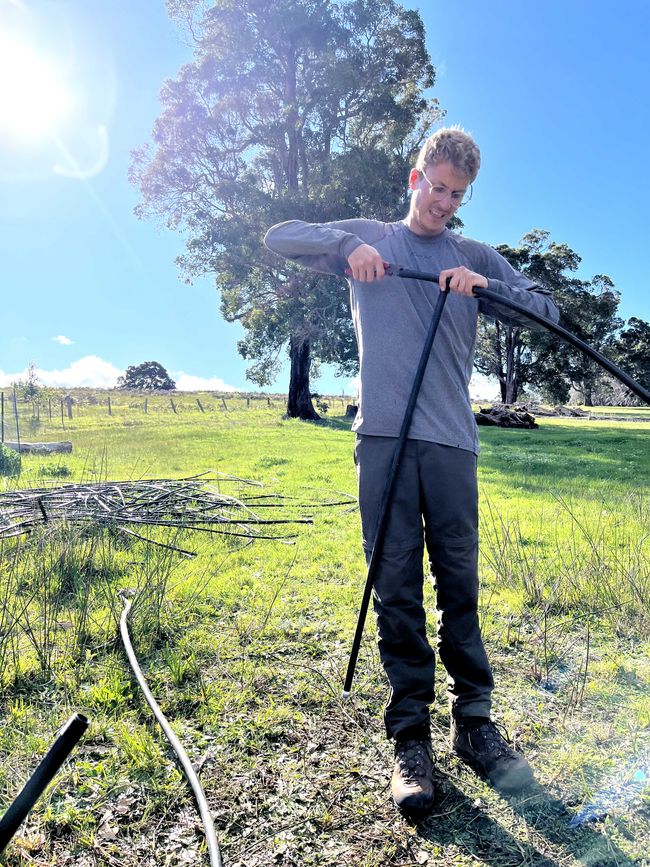
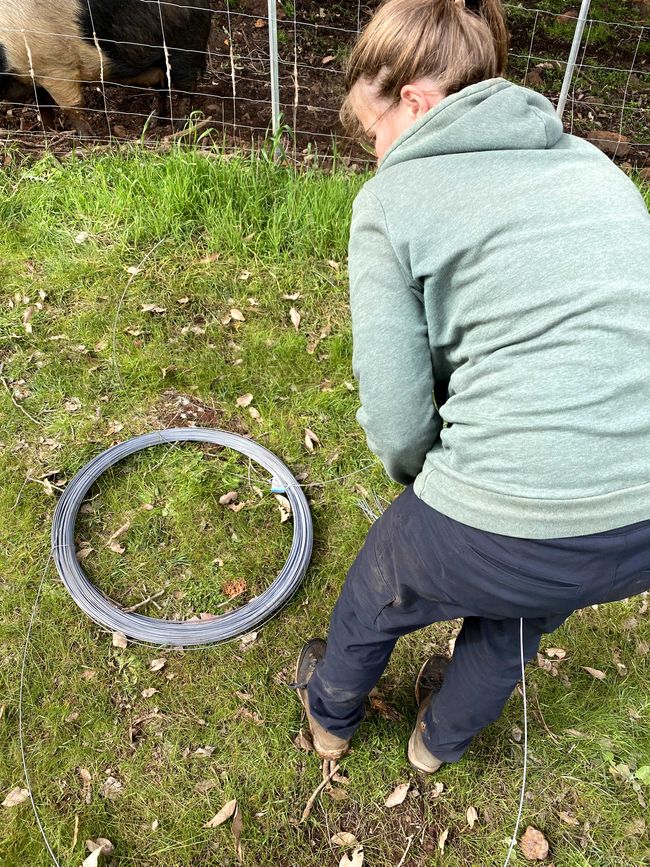
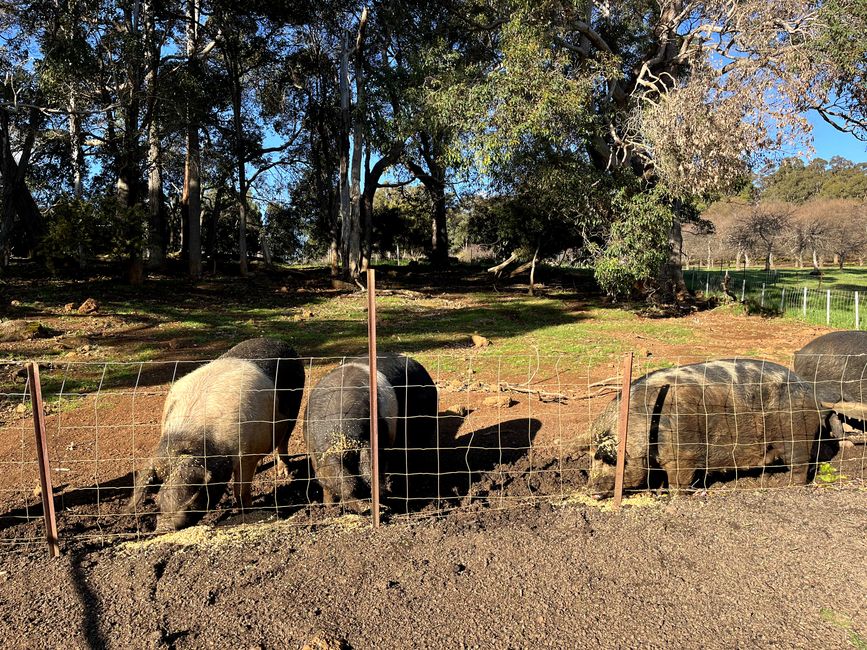
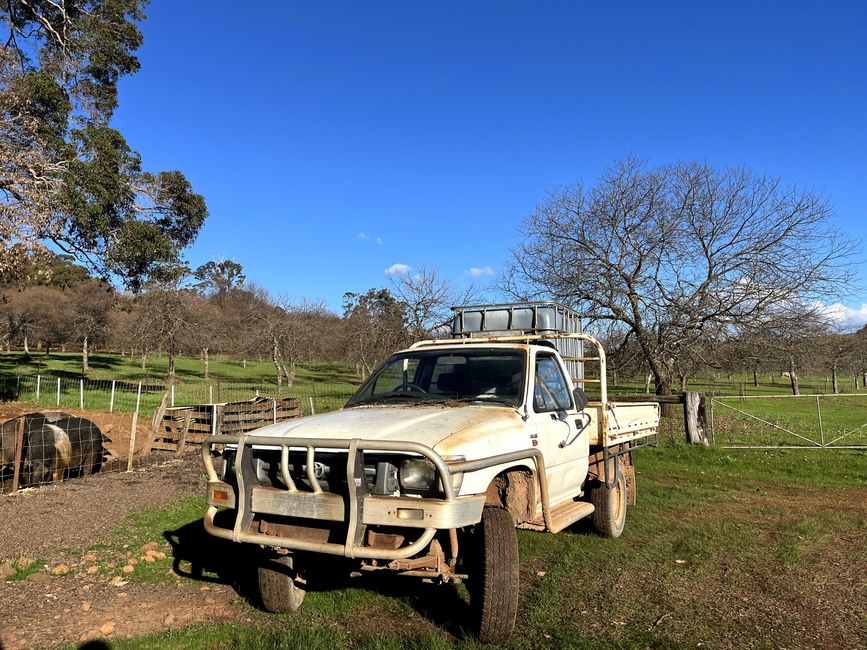
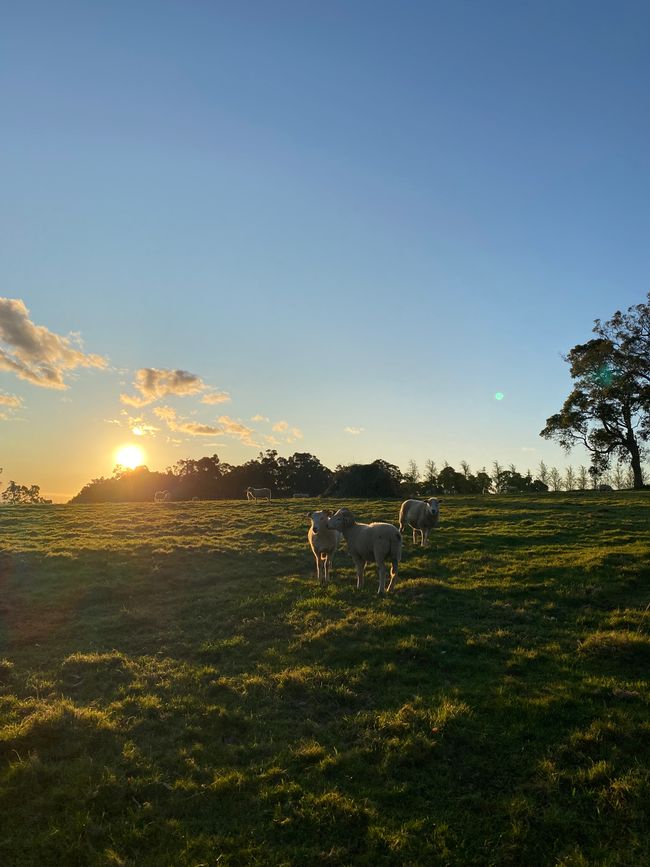
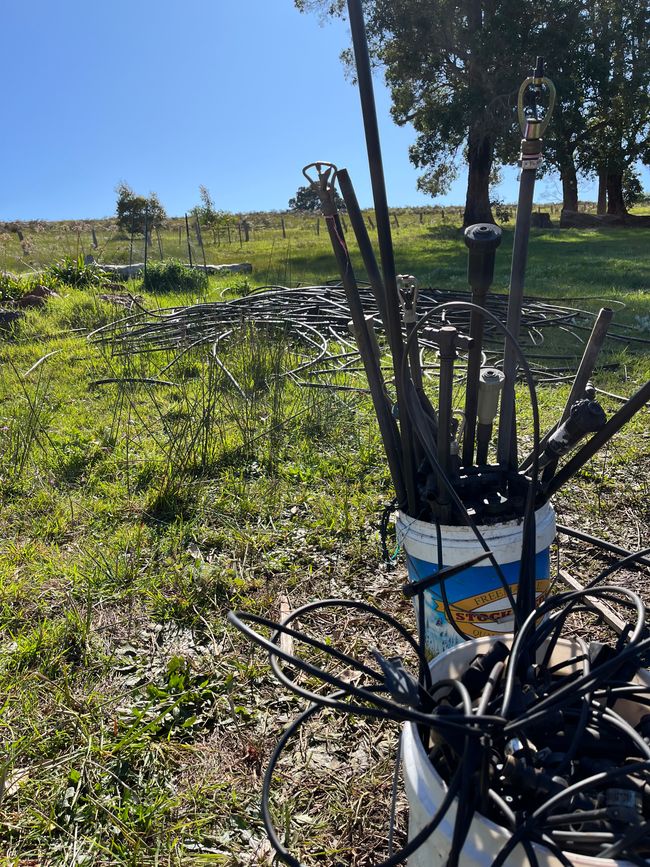
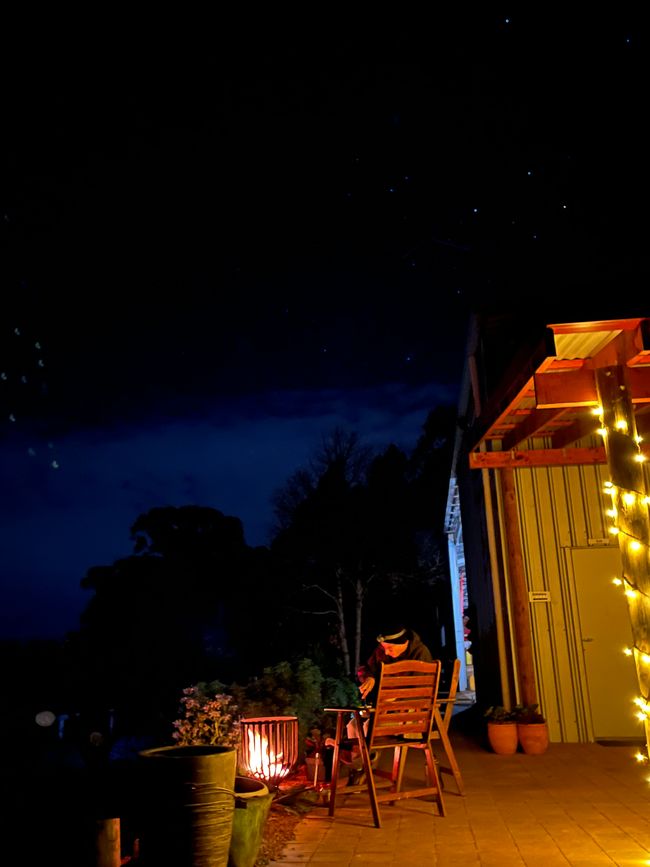
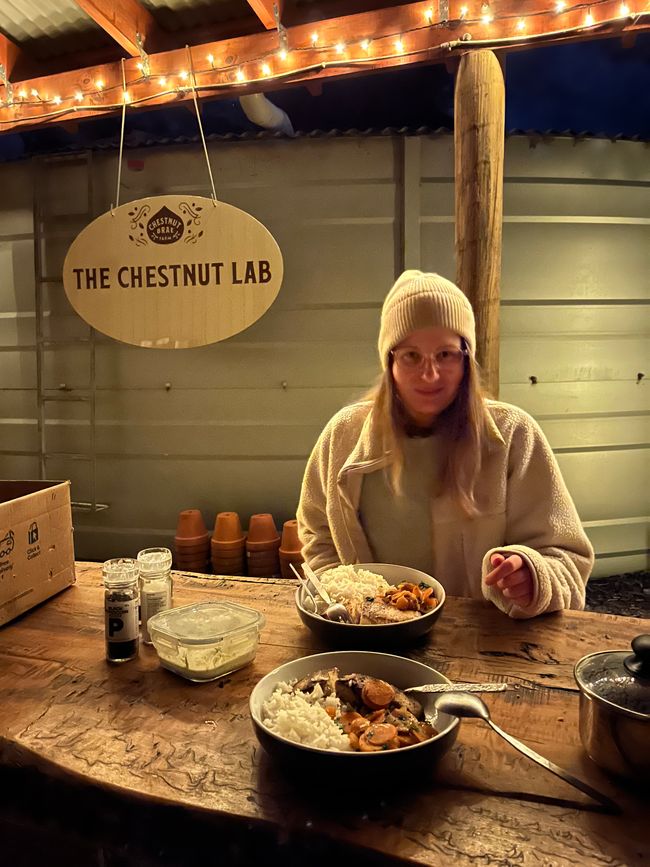
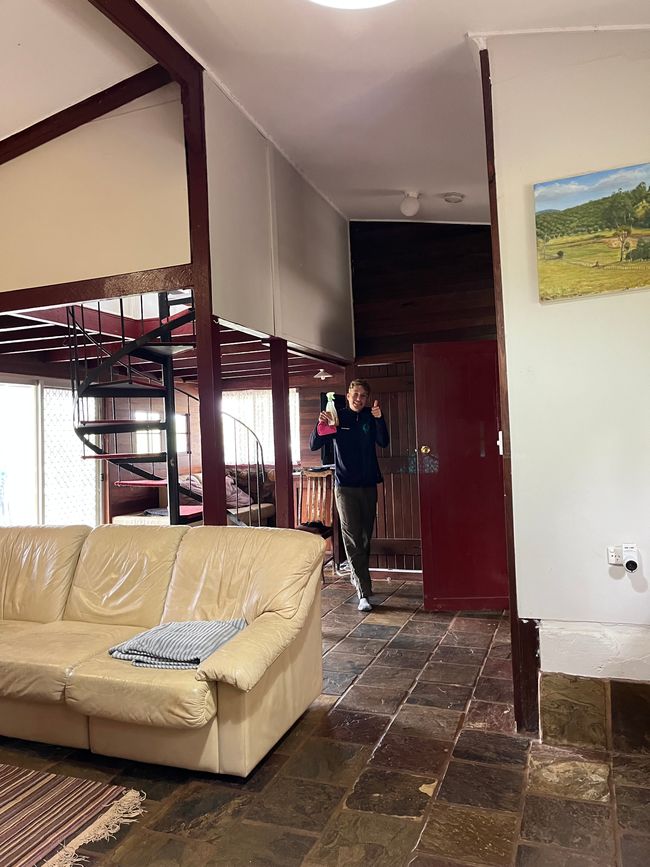
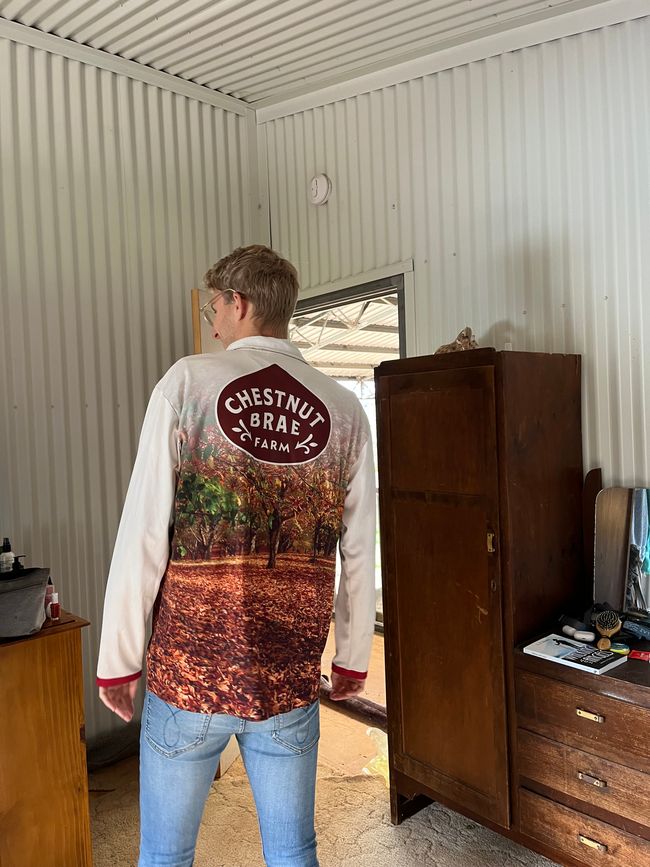
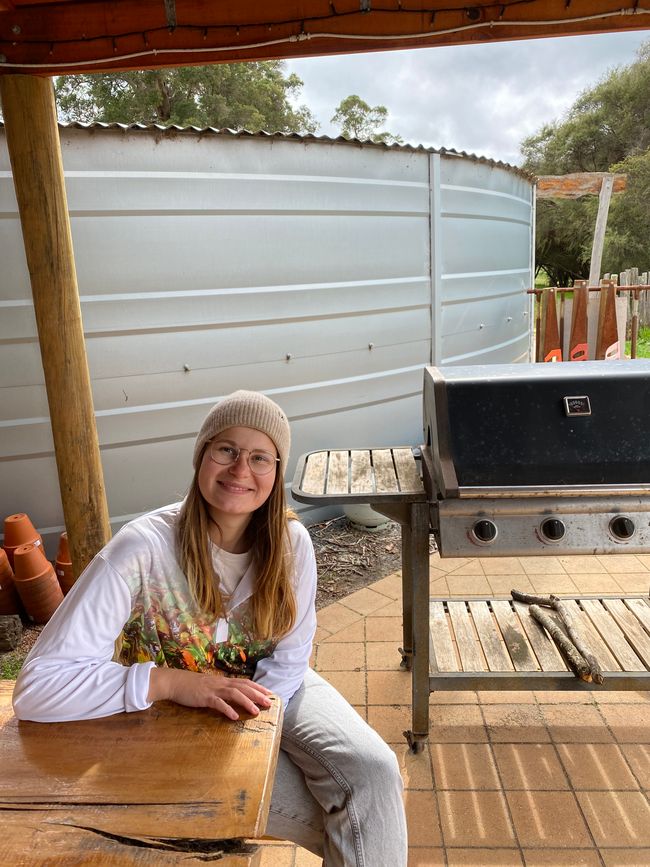
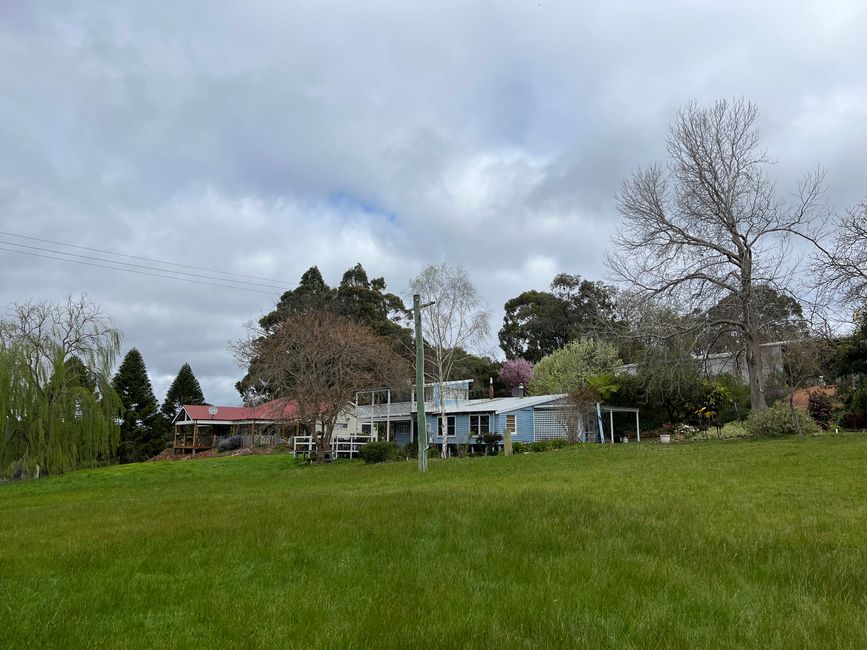
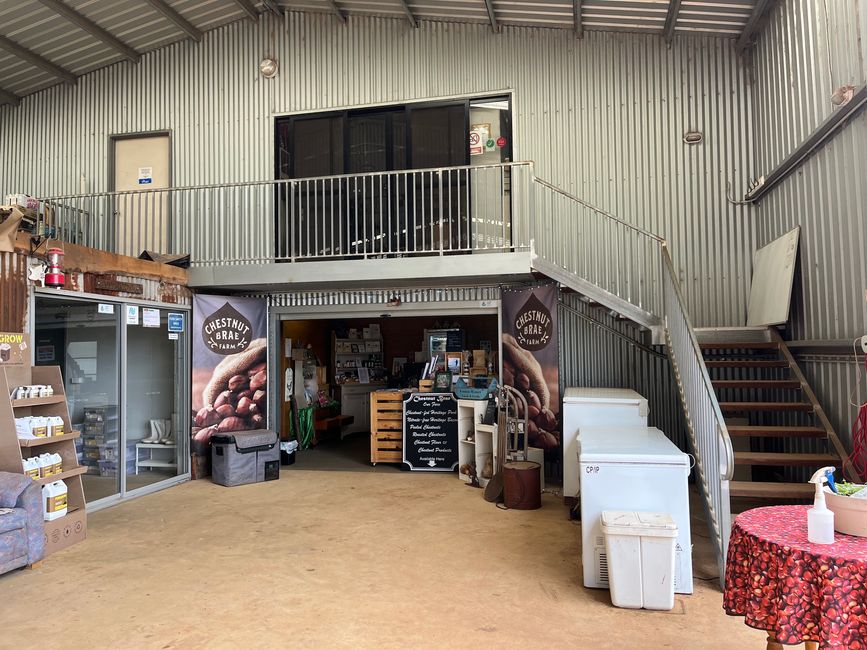
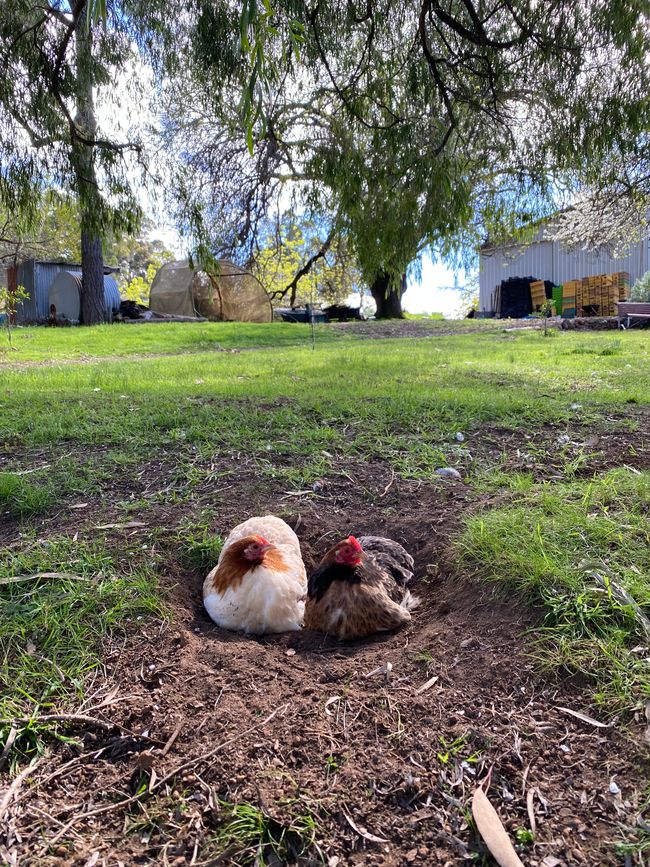
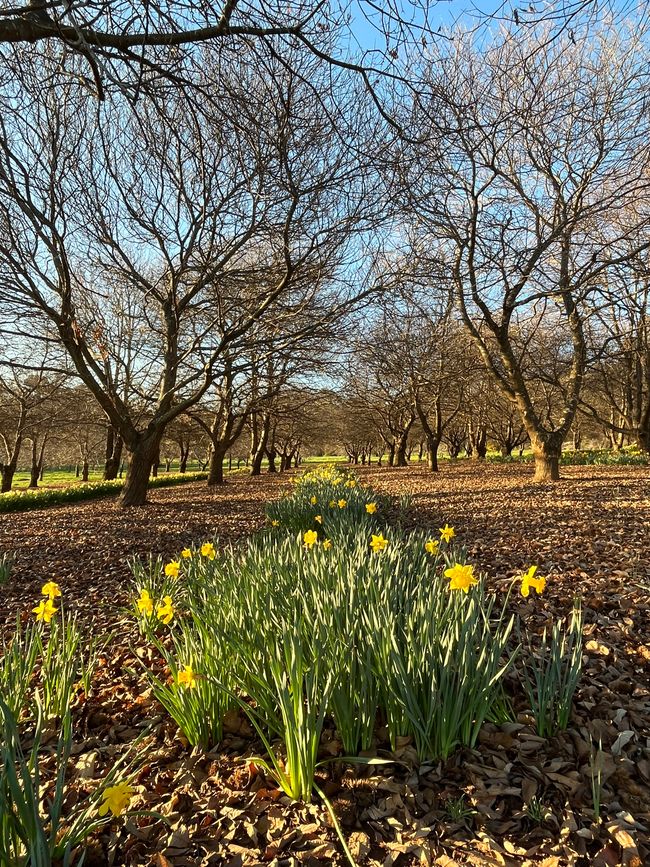
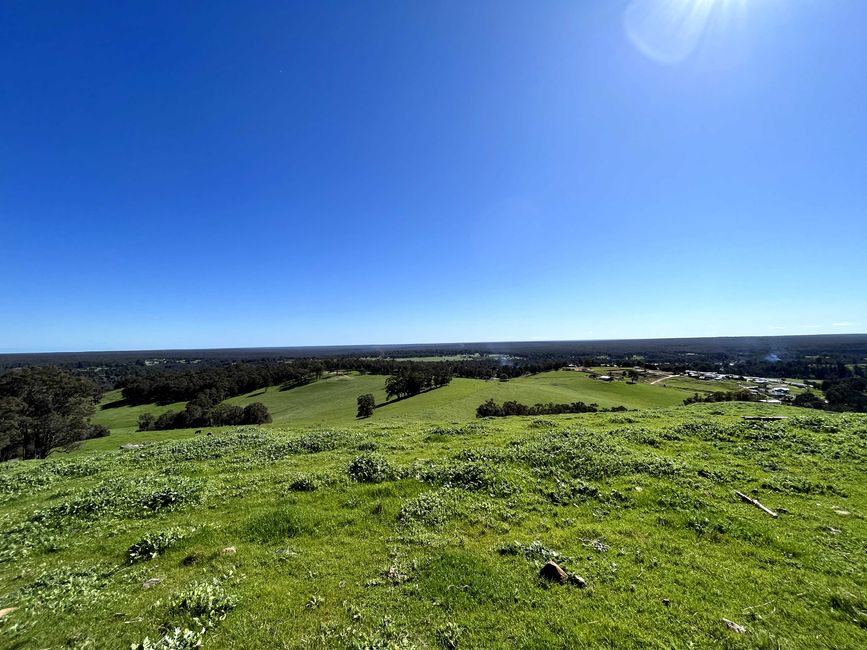
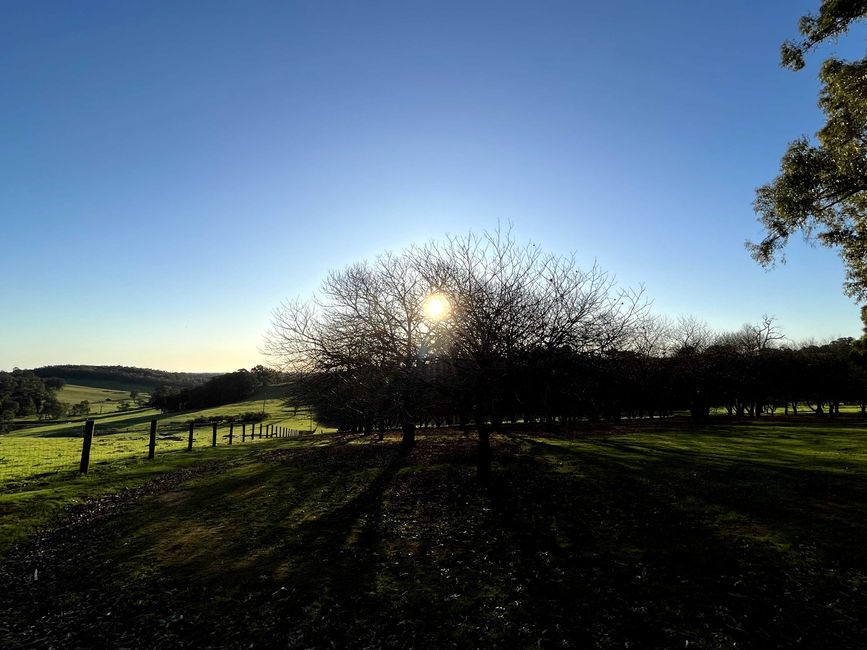
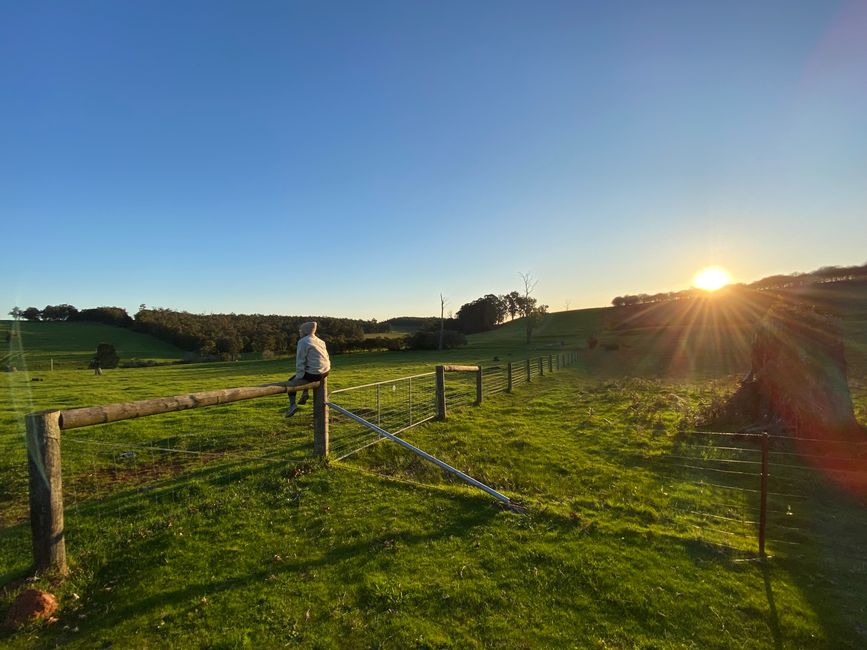
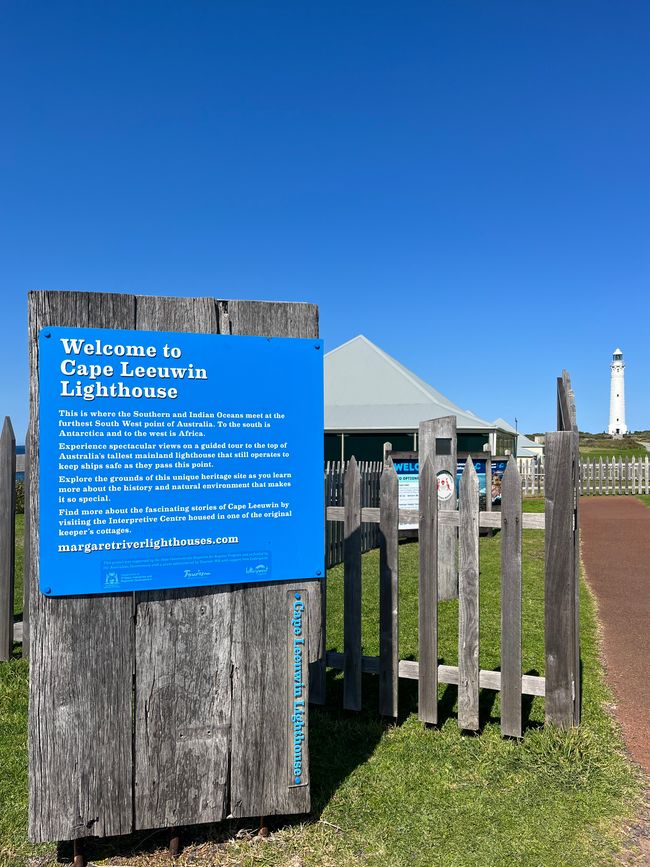
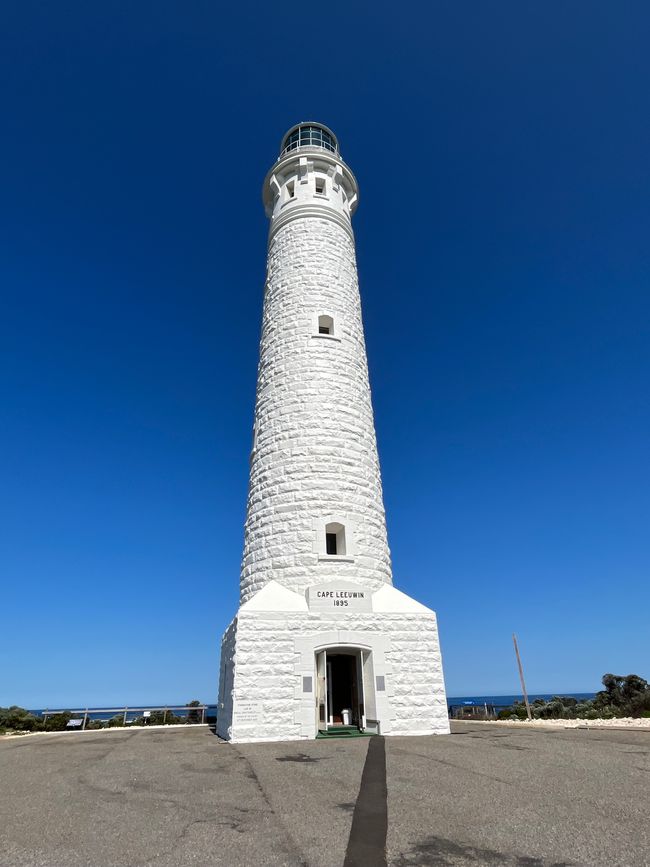
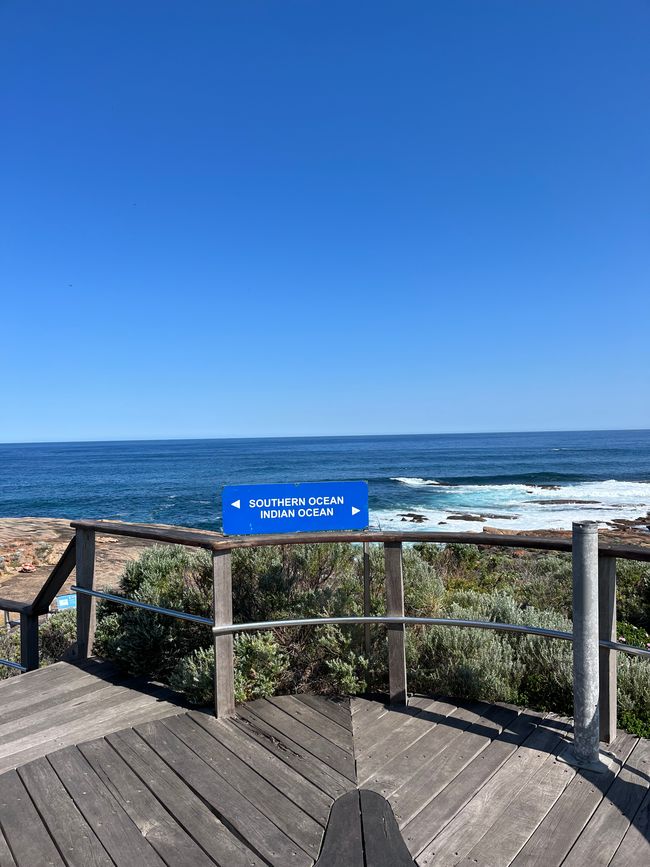
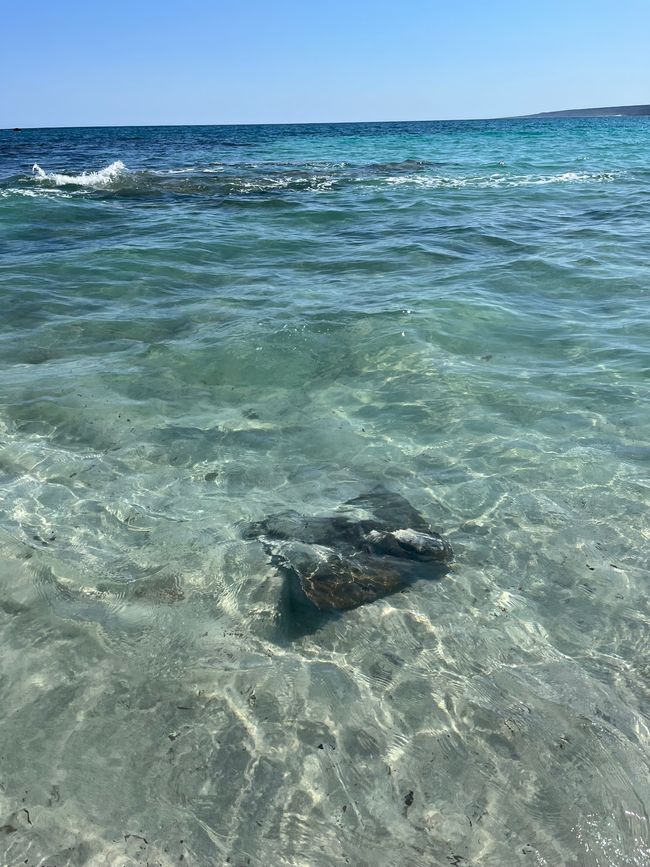
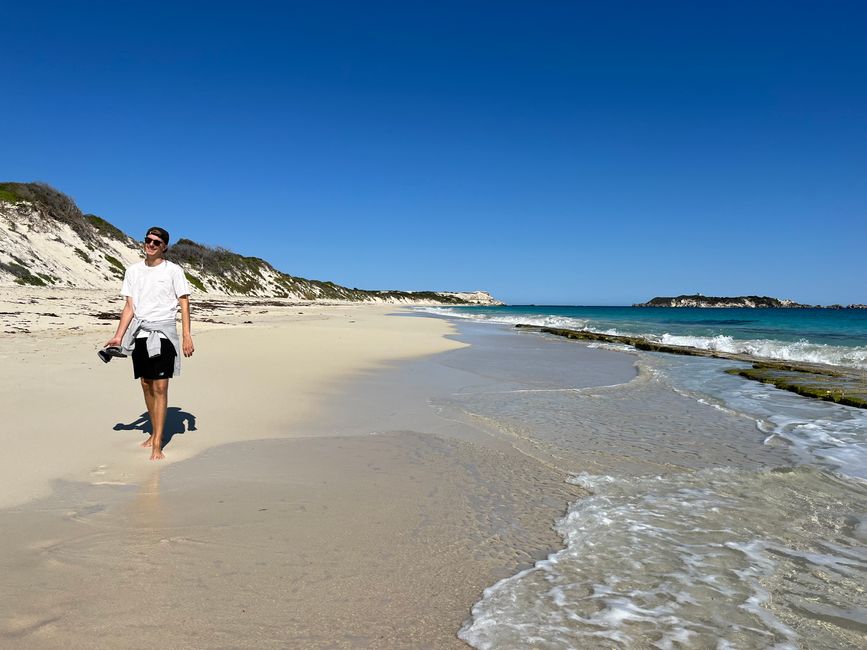
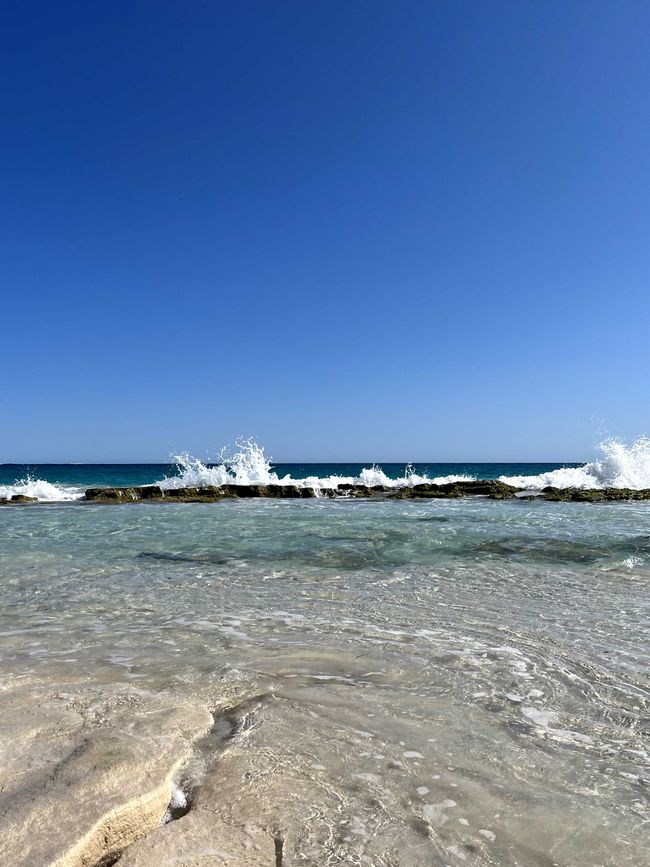
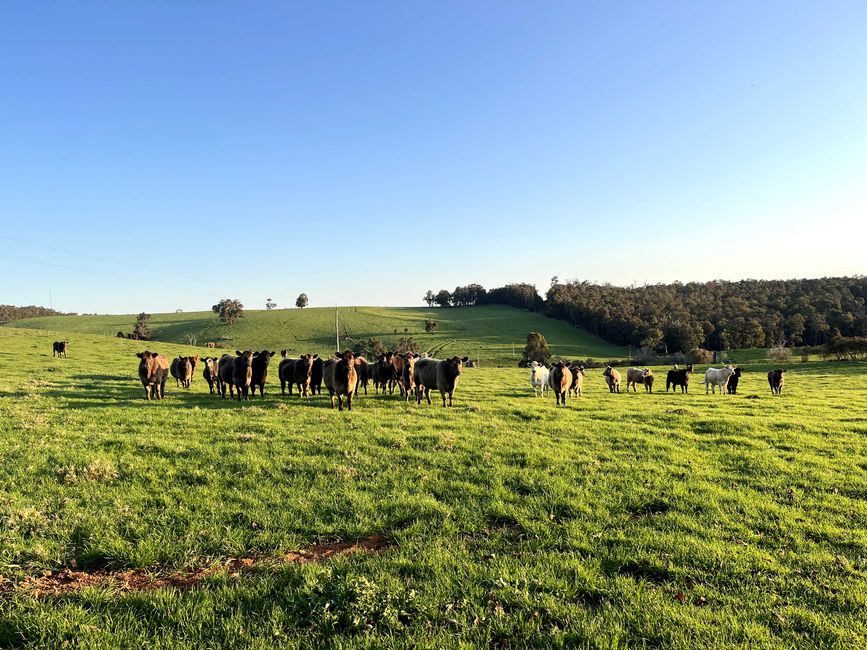
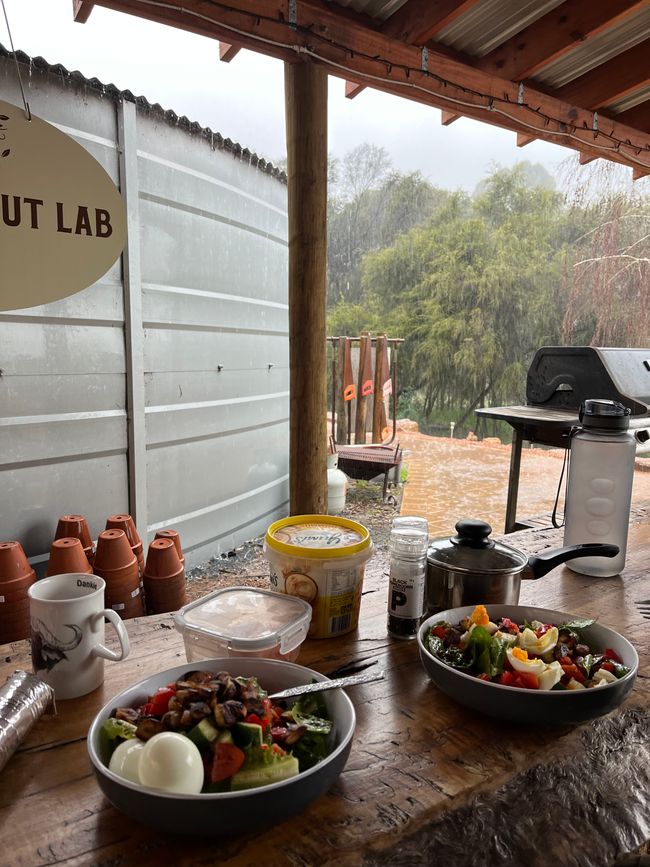
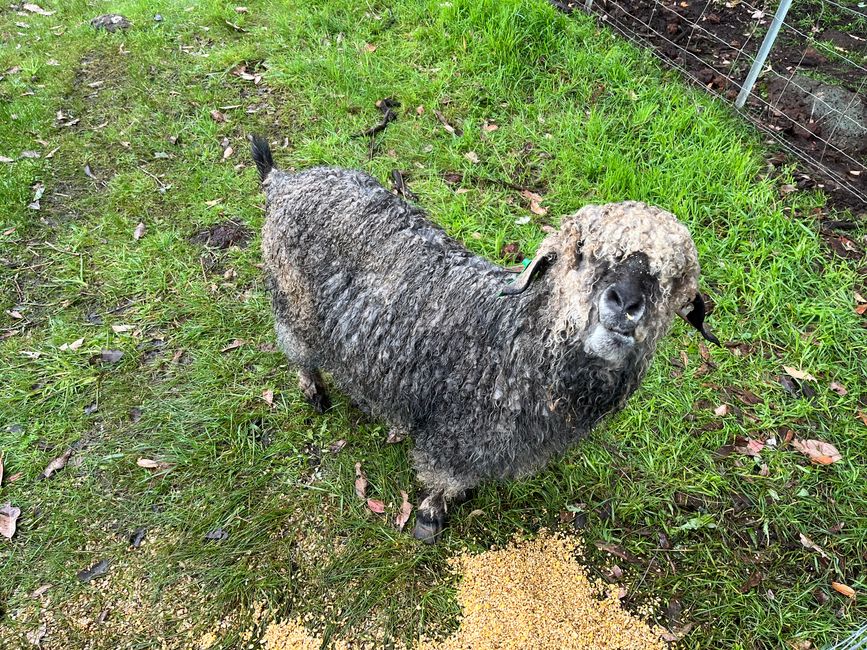
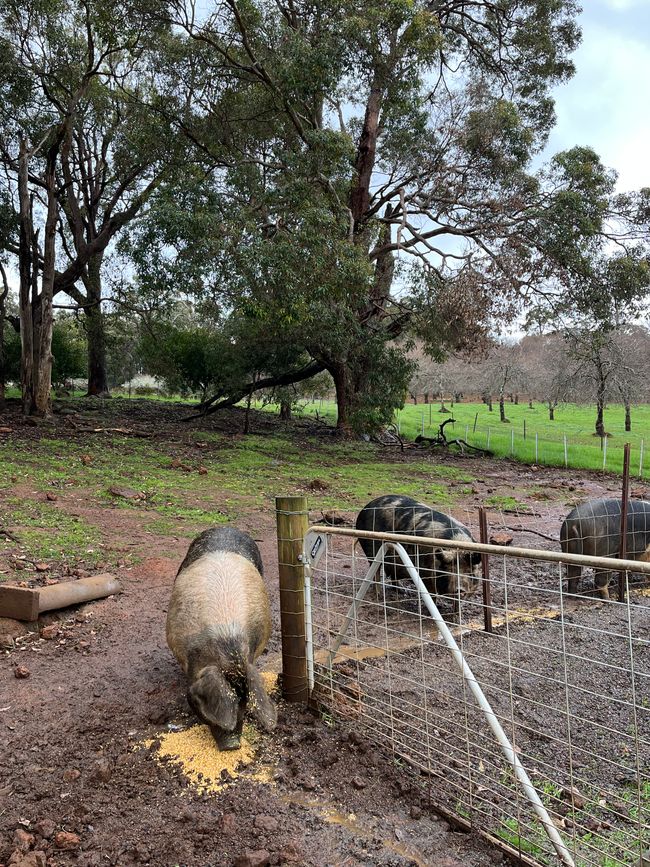
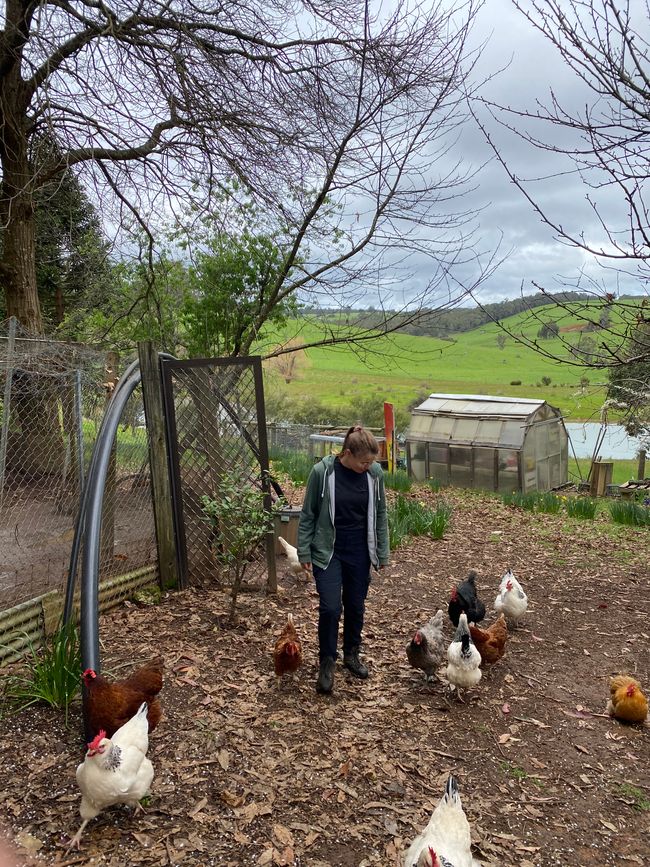
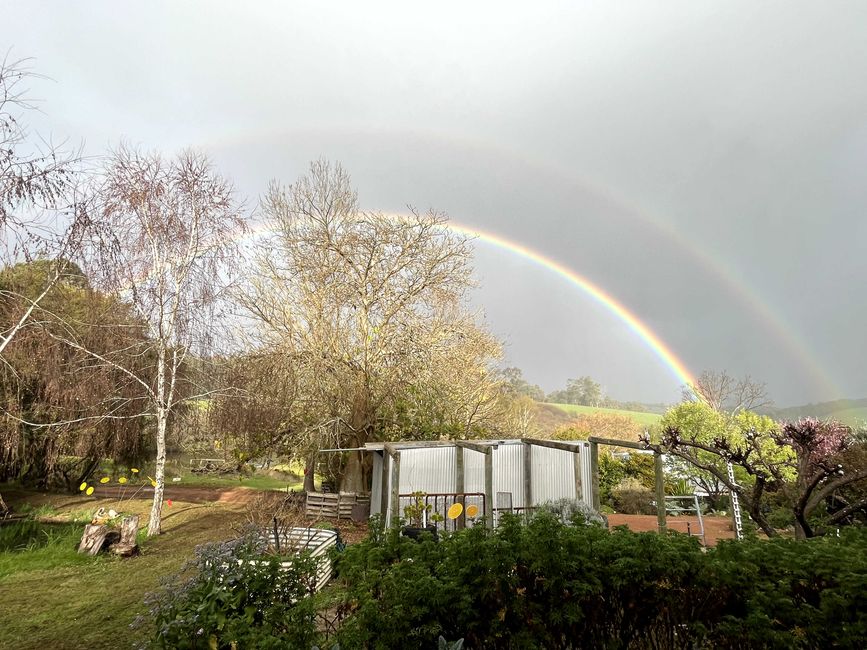
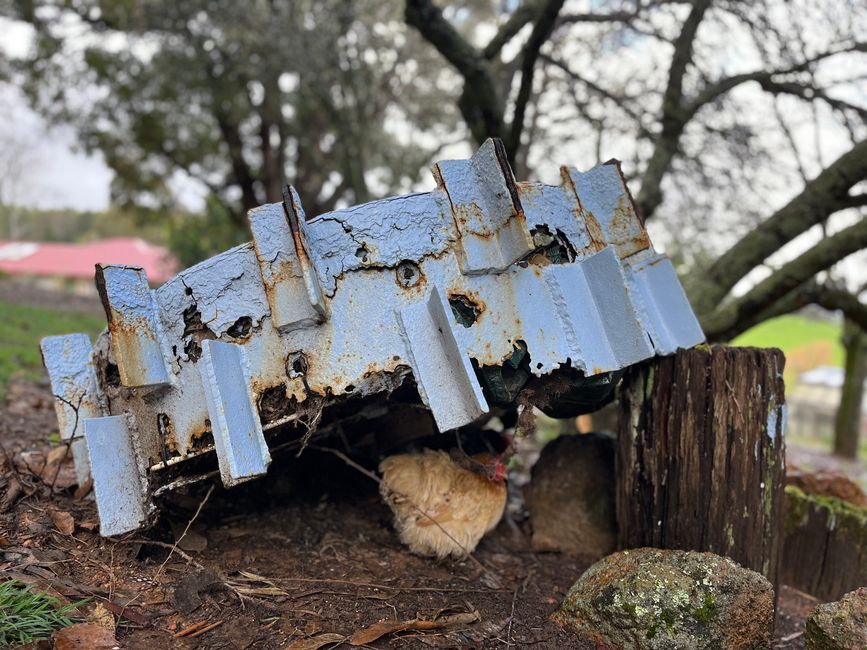
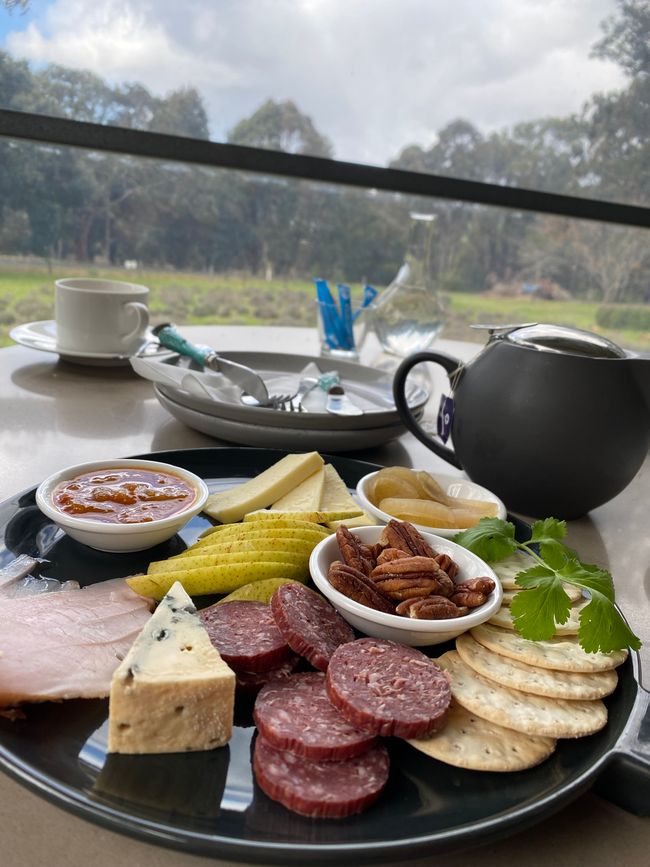
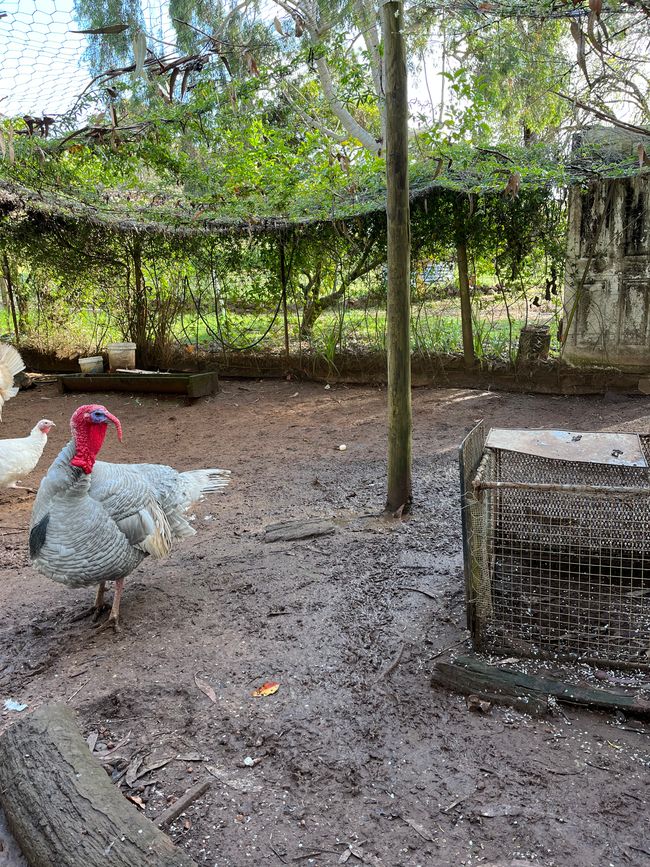
订阅时事通讯
You had to wait a bit, but here it is finally, the next blog post. The last few weeks have been a bit turbulent and our plans have had to, shall we say, be adjusted. For this reason, I'm only now getting around to telling you about our little excursion into Australian farm life. But one after anonther. I already mentioned in the last blog post that we wanted to take a little break after the many kilometers and the great experiences of the last few months. We wanted to use this time out for something meaningful and not just live through the day. Long story short, we found a small chestnut farm that offers free room and board in exchange for a little daily labor. Since both the concept and the location of the farm impressed us right from the start, the decision wasn't particularly difficult for us. After a few text messages and a phone call with Linda and John, the owners, it was clear that we would support them with their daily work on their chestnut farm for a total of two weeks. The farm is located approximately an hour from Margret River in the southwestern part of Australia. The region is best known for its wine-growing areas - perhaps also a small reason why we chose the chestnut farm :)
After we arrived, the two of them showed us around the area. Over 1,000 chestnut trees are spread across the huge property, producing 16 tonnes of chestnuts annually from March to May. Chestnut Brae is one of only three farms in Australia that specialize in chestnut processing. The chestnuts are processed into various products such as liqueur, beer and sauces, among other things. Of course, unprocessed chestnuts can also be purchased on the farm. In addition, there are enclosures for pigs, goats, chickens, turkeys, sheep and alpacas between the many flower beds, vegetable gardens and the small farm shop. (As we later found out, there were also supposed to be a few mice and rats on the farm.) The Chestnut Brae's trademark is the production of special pork. The pigs are fed chestnuts, which is said to give the meat a particularly good taste. And if all that isn't enough, there is also a small cottage that is rented out to guests. You can probably already guess from the list, we didn't get bored in the two weeks. There's always something happening somewhere. So what did we do in those two weeks? Our working day usually begins between 9 and 10 a.m. Then we usually went to one of the many (vegetable) beds where we pulled out tons of weeds. In addition, we also built a new fence for the goats, took over the daily feeding rounds, dug a ditch for a water pipe and spruced up the cottage before new guests arrived.
We were actually looking forward to not having to use the camping stove for two weeks. However, the anticipation was quickly dampened. Shortly after our arrival, the two of them told us that they had to travel to Indonesia for a week for a conference and that we should manage day-to-day farm life during that time. So it happened that we had to swing the wooden spoon ourselves again.
While we were working on the farm, we also had time to explore the surrounding area. As part of day trips, we checked out Margret River, visited a few wineries and drove to Cape Leeuwin, the most southwestern point of mainland Australia, where the Indian Ocean meets the Southern Ocean. We also enjoyed the idyllic landscape around the farm with short walks.
The two weeks flew by, so we soon swapped our bed for the roof tent again. We left the Chestnut Brae with a lot of laughter and tears in our eyes. On the one hand, the little break was very good for us, but on the other hand, everyday life on the farm can be quite strenuous. We are very happy that we were able to have the experience, but we were also looking forward to the last big leg of our trip in Australia. But more on that next time.
订阅时事通讯
回答
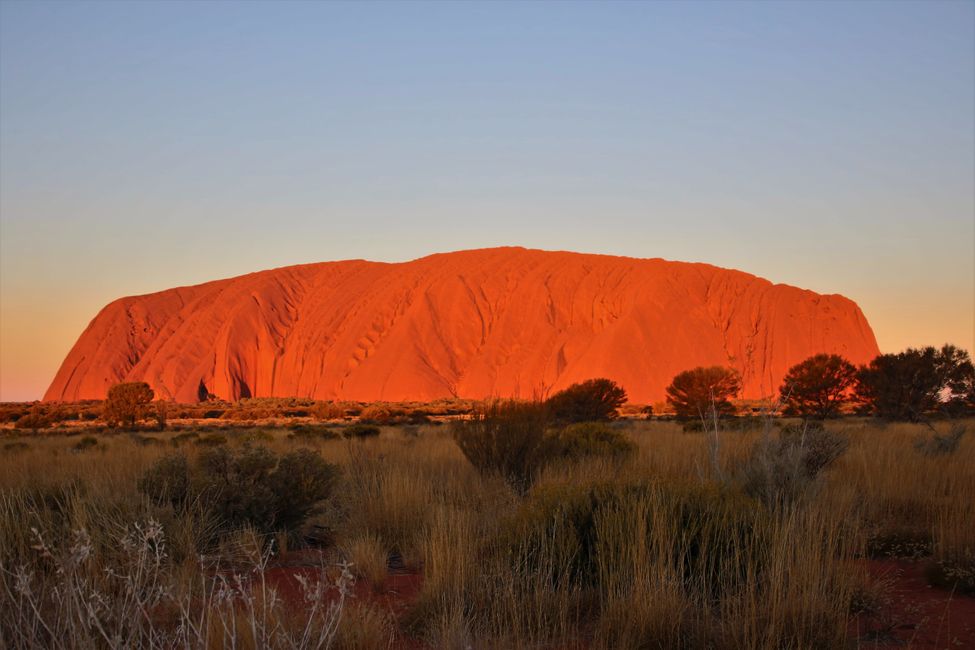
旅行报告澳大利亚
